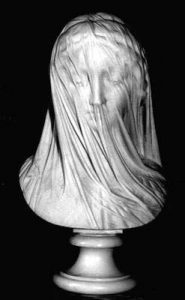Archival Moment
December 23, 1879
 In Newfoundland, the ‘turkey’ has long been associated with the Christmas season. One of the earliest references to the bird was made by Lewis Amadeus Anspach in his history “A History of the Island of Newfoundland” published in 1819. Anspach wrote:
In Newfoundland, the ‘turkey’ has long been associated with the Christmas season. One of the earliest references to the bird was made by Lewis Amadeus Anspach in his history “A History of the Island of Newfoundland” published in 1819. Anspach wrote:
“Men and women exchange clothes with each other, and go from house to house singing and dancing, on which occasion Christmas-boxes are expected, and generally granted previous to the performance. [The Christmas boxes are] presents, not in coin. . . but in eatables, from a turkey or a quarter of veal or mutton, or a piece of beef just killed for the occasion, down to a nicely smoked salmon.”
Anspach was referring to the Christmas tradition of ‘mummering’; as part of the tradition food was given to the mummers for their performance.
A document written in 1584 lists supplies to be furnished to future colonies in the New World; “turkies, male and female” were included on the supply list. It is possible then that turkeys may have been part of the supplies furnished to the early settlers in Newfoundland at Cupids (1610) and in Ferryland (1621).
For some, they were determined to have the turkey on their Christmas table, by any means! The local St. John’s newspaper The Evening Telegram reported under the headline “The Unfortunate Turkey” on December 23, 1879:
“Martin Phelan, Seaman, 37 Boggans’ Lane (St. John’s) got into trouble yesterday and it was all about a turkey. Martin, being something of an epicure, felt an irresistible desire to adorn his table on Christmas Day with a fat turkey belonging of Captain McIssac and he so far succeeded into getting the biped into his procession, but Martin committed a larceny, the result of which was that he had to appear before his worship (Judge Prowse) who remanded him for a week. It is now more than probably that he will have to take Christmas Dinner in the Penitentiary.”
Recommended Song: The Man That Slits The Turkey’s Throat At Christmas by Robin Laing http://www.youtube.com/watch?v=j2nFE_kuyeA
Old Word: “biped” an animal that uses two legs for walking.








